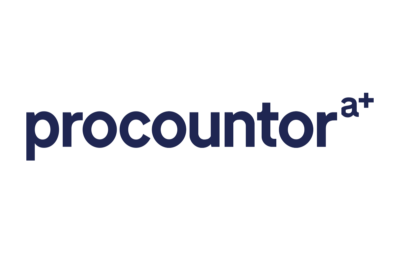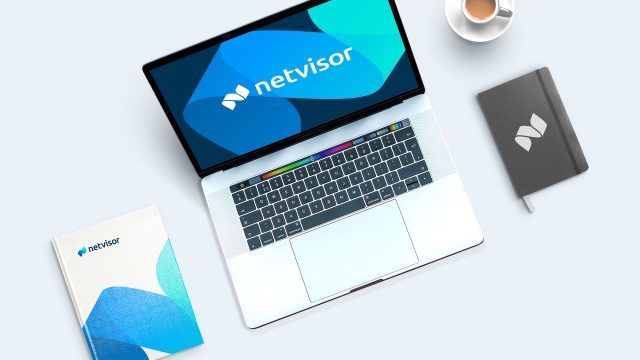Invoicing
Invoicing Module
Sales invoicing
Sales invoices can contain four different types of invoices lines:
Delivery: related to a delivery against a sales order or direct sales
Recurring: time based such as for a monthly service contract (requires an agreement)
Direct sales (i.e. invoice on account)
Schedule payment
Miscellaneous: not related to either of the above
It is possible to add lines and changes quantities and prices at will. Multiple sales orders can be combined on one invoice providing they have the same invoicing address and same terms and conditions. Note if the customer or delivery addresses may vary as long as the invoice address is the same. When adding delivery lines to an invoice, any shipping costs marked at shipment time will also be added to the invoice.
Sales invoices can also be created when products are delivered.
Credit invoices are supported.
It is possible to create multiple sales invoices at a single time. The system will calculate and create invoices based on all delivery, direct sales and recurring requirements.
Over and under invoicing is supported. For instance, if a sales order is shipped with a higher quantity than the order quantity, then it is the shipped quantity that comes to the invoice by default (it can be changed if needed on the invoice)
Sales invoice payments
When payment is received from a customer it is marked as a new sales invoice payment. A single payment can be applied to multiple invoices. The sales ledger is optional, as often the external financial system will handle the sales ledger.
Purchase invoicing
Purchase invoices are normally created from the material receipts and purchase orders already recorded in the system. In this way it is possible to check that the invoiced goods have been received and see if they are on hold in the receipt area. Each invoice receives an internal tracking number when it is activated. Invoices may also contain bank reference and payee account details in the case that electronic banking is in use. Purchase invoices can also be entered free form into the system, unrelated to any purchase order.
Credit invoices are also supported.
Purchase invoice ledger
New payments are created against open purchase invoices in the ledger. One payment can be against multiple invoices. Status of payment can be ‘Paid’ or ‘Cleared’ so that there is a record of which payments have been cleared from the bank account. The purchase ledger is optional, as often the external financial system will handle the purchase ledger.
Link to accountancy systems
Invoices and their payments create bookkeeping entries. These entries are created by specifying the correct accounts when creating them. The entries can be transferred in bulk to an accountancy system, for instance on a daily or weekly basis. In order to create the correct information the chart of accounts must be correctly specified in the Company properties section.
There is also a parameter that specifies if bookkeeping entries are to be enforced or not. If they are enforced, invoices and payments may not be activated unless correct accounts are specified and the VAT calculations tally. Lines on invoices and payments may have a cost centre code which is also transferred to the accountancy system.
We work with Xero.
Interested in our services?
We’re here to help!
Contact
UK: 0800-0337642
EU: +358 9-5655 180
INT: +44 844-8797662
support@manuonline.com
Company ID: 07273799.
VAT reg: GB 995439263
Mailing Address
United Kingdom
Manu Online Ltd
4500 Parkway, Whiteley
Fareham
PO15 7AZ
International
Manu Online Oy
Veikkointie 4
03100 Nummela
Finland





